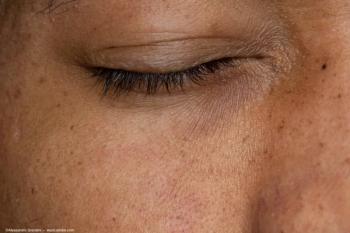
Surgeons find CTRs benefit broad spectrum of patients
With the relatively recent FDA approval of capsular tension rings (CTRs), cataract surgeons finally have the opportunity to use these devices for their patients
"We have been operating so long without CTRs that by habit we may overlook cases where they may be useful," said Thomas W. Samuelson, MD, associate clinical professor of ophthalmology, University of Minnesota, Minneapolis. "In the clinical trials, most patients enrolled had conditions that are well-recognized to be associated with zonular weakness, including Marfan's syndrome, pseudoexfoliation, a history of trauma, or damage from surgical mishap. However, now that we know that the CTRs are safe and helpful in the conditions that were studied, we can start to extrapolate from that experience and look beyond the obvious indications to think about what other eyes could benefit from a CTR."
An absolute indication Pseudoexfoliation is also an absolute indication for a CTR, according to Dr. Fine, because of that condition's association with zonular laxity and postoperative shrinkage and phimosis of the capsular bag.
"Placement of a CTR provides a force to retard those changes," Dr. Fine explained.
In addition, he uses a CTR routinely in eyes with high myopia having an axial length >26 mm based on the tendency for the lens-iris diaphragm to recede in those eyes.
Eyes with previous significant trauma also receive a CTR as well as post-vitrectomy eyes in which there is reduced vitreous support and a chance that the zonules or capsule were damaged during the vitrectomy.
Other indications for using a CTR that are probably less appreciated include eyes that have undergone glaucoma filtering surgery, radial keratotomy (RK) involving more than eight incisions, or penetrating keratoplasty (PK). Weakened zonules may be present in any of those eyes as a result of the crystalline lens moving forward and causing zonular stretching, Dr. Fine said.
Newsletter
Don’t miss out—get Ophthalmology Times updates on the latest clinical advancements and expert interviews, straight to your inbox.


















































.png)


